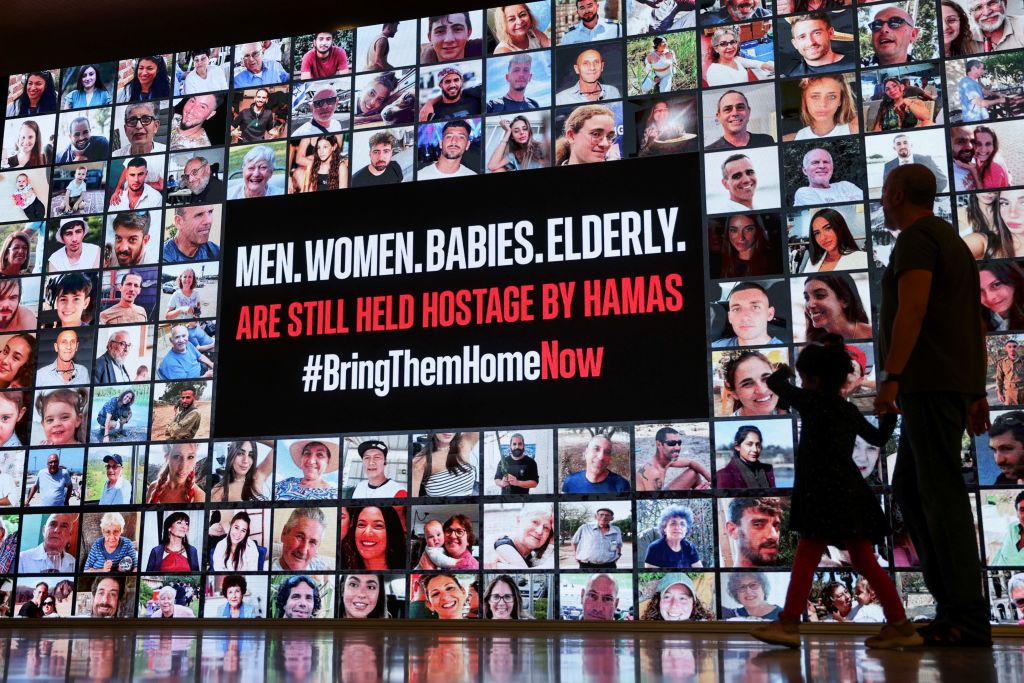Horizons Separating the Spiritual and Profane
On May 4, the painter and sculptor Tobi Kahn will once again offer audiences a sacred space when an exhibition of more than 100 paintings from his “Sky and Water” series opens at the Neuberger Museum of Art in Purchase, N.Y.
Since his inclusion in the 1985 Guggenheim Museum’s national exhibition “New Horizons in American Art,” Kahn’s work has been shown in more than 40 solo exhibitions and 60 museum and gallery group shows. He has designed sets for the Public Theater and composer/director Elizabeth Swados, as well as for choreographers Muna Tseng and Gus Solomons. In 2000, a series of his sky-and-water murals, called was shown at the Albright-Knox Art Gallery in Buffalo, N.Y. as part of its “Landscape at the Millennium” exhibit. It was a project that joined his interest in sacred space with his exploration of sky, water and timelessness, and it led to a permanent installation at the HealthCare Chaplaincy in New York City.
With his new series, Kahn takes up a similar theme. A horizon line moves effortlessly across each painting, marking the boundary between sky and water, sometime replicating itself in a single work. Sometimes it sweeps across two or three canvases, suggesting its infinity. Indeed, the line seems as illimitable as the sky and water it divides. Sometimes the horizon is close to the bottom of the canvas, at other times it rises up, almost to the top, as though to suggest the flexibility of the relationship between the opposites. Sky and water are elemental opposites, and Kahn’s horizon line marks their opposition, separating them — but also linking them, even reconciling or at least balancing them, however shifting the balance, as the changing relationship between them suggests. Kahn struggles with incommensurate ideas, fraught with symbolic weight: The higher realm of the divine and the lower realm in which life originated — the heights and the depths. Kahn downplays symbolism, but it is implicit and inescapable.
Kahn’s “cosmic” paintings are ambiguously abstract and descriptive, and have clear affinities with those of Mark Rothko. They are clearly as numinous and dramatic, but Kahn has pared his to the visual bone.
Kahn’s colors seem to vary as much as the position of his horizon line. Sometimes sky blue and sea blue seem the same, sometimes the sea is blue and the sky is gray, sometimes the sea is as brown as the earth and the sky a shimmering white, suggestive of purity, however pinkish. It is not clear what time of the day it is, suggesting that the space is under the spell of the timeless. In one vigorous work, bands of black and white alternate eccentrically, suggesting the gnostic battle between light and darkness, the outcome unclear — the conflict may be endless. Kahn’s horizon line may suggest serenity, but it is also subtly tense: It is the vector outcome of competing powers. Indeed, while the line has a certain delicacy, it is also dense and dark. It is epic as well as lyric, and full of brooding if also benign. Kahn’s horizon line flexibly holds its own, judiciously adapting to the descendental water and the sky that transcends it.
Kahn’s work shows that it is still possible to make spiritual art in profane times, which may not redeem them, but allows the individual to separate himself from them and reclaim his own spirit.
Donald Kuspit, a professor of art history and philosophy at the State University of New York at Stony Brook, is the author of the forthcoming “The End of Art” (Cambridge, 2004).

I hope you appreciated this article. Before you go, I’d like to ask you to please support the Forward’s award-winning journalism this Passover.
In this age of misinformation, our work is needed like never before. We report on the news that matters most to American Jews, driven by truth, not ideology.
At a time when newsrooms are closing or cutting back, the Forward has removed its paywall. That means for the first time in our 126-year history, Forward journalism is free to everyone, everywhere. With an ongoing war, rising antisemitism, and a flood of disinformation that may affect the upcoming election, we believe that free and open access to Jewish journalism is imperative.
Readers like you make it all possible. Right now, we’re in the middle of our Passover Pledge Drive and we still need 300 people to step up and make a gift to sustain our trustworthy, independent journalism.
Make a gift of any size and become a Forward member today. You’ll support our mission to tell the American Jewish story fully and fairly.
— Rachel Fishman Feddersen, Publisher and CEO
Join our mission to tell the Jewish story fully and fairly.
Only 300 more gifts needed by April 30






















